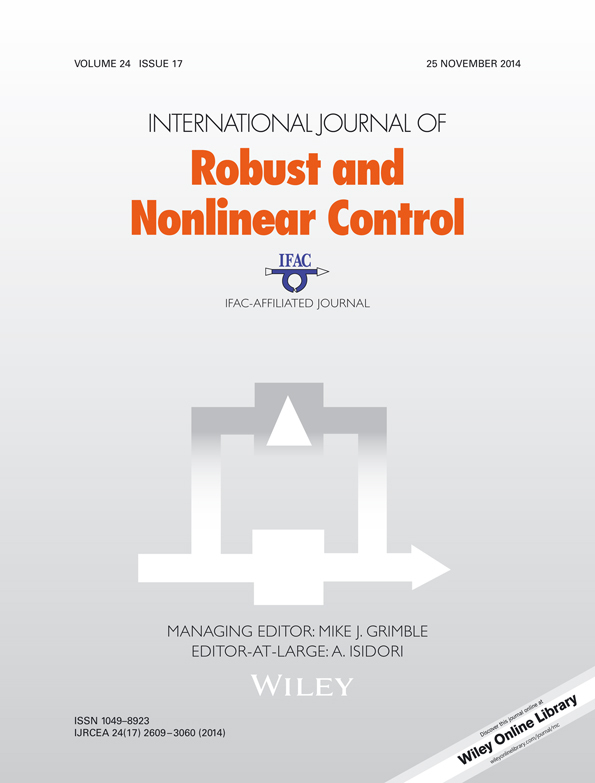Stationary policies for lower bounds on the minimum average cost of discrete-time nonlinear control systems
SUMMARY
The paper deals with the control problem of discrete-time nonlinear systems. The main contribution of this note is to present conditions that assure the existence of stationary policies that generate lower bounds for the minimal long-run average cost. These lower bounds coincide with the optimal solution when a mild convergence assumption holds. To illustrate the results, the paper presents an application for the simultaneous state-feedback control problem, and the derived strategy is used to design a real-time simultaneous control for two direct current motor devices. The dynamics of these two devices are written in terms of a nonlinear algebraic matrix recurrence, which in turn represents a particular case for our general nonlinear approach. The optimal gain for the corresponding simultaneous state-feedback problem is obtained, and such a gain was implemented in a laboratory testbed to control simultaneously the two direct current motors. Copyright © 2013 John Wiley & Sons, Ltd.




